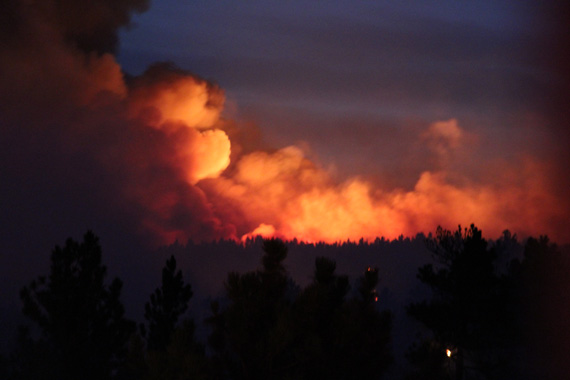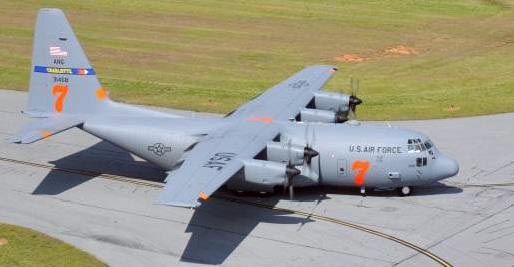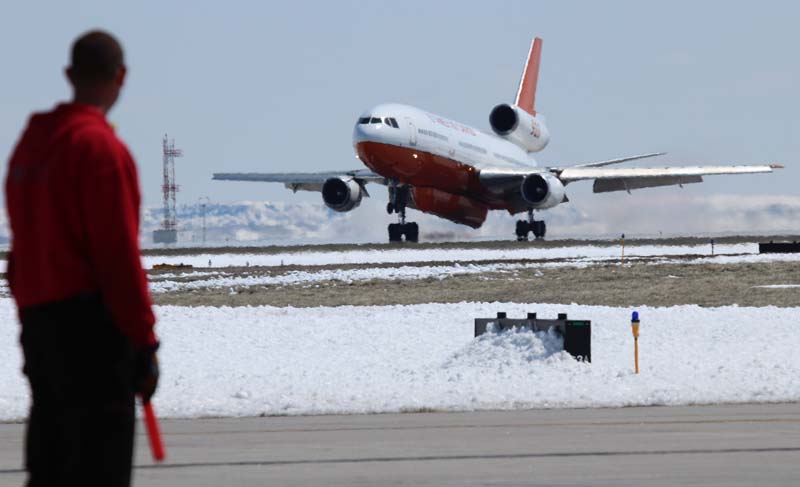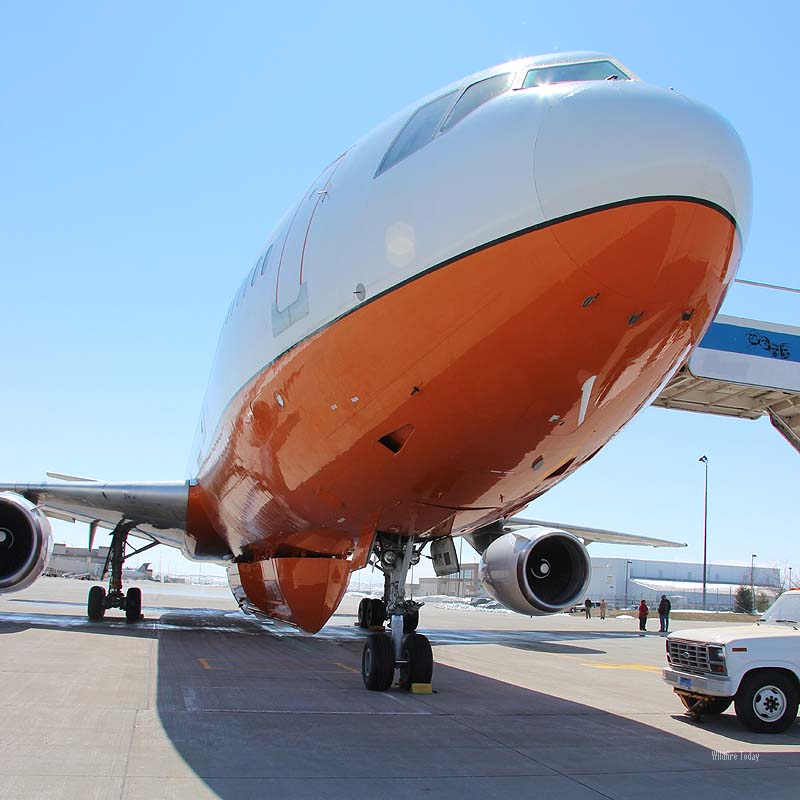
Plans are underway to construct a memorial to honor the aerial firefighters killed in South Dakota July 1, 2012 when a military Modular Airborne FireFighting System (MAFFS) C-130 aircraft crashed while dropping retardant on the White Draw Fire. Four members of the six-person air crew died when strong winds out of a thunderstorm caused the air tanker to impact the ground on a ridgetop northeast of Edgemont, South Dakota.
The aircraft that crashed was MAFFS #7 from the North Carolina Air National Guard’s 145th Airlift Wing based at Charlotte-Douglas International Airport. Killed were Lt. Col. Paul Mikeal, 42, of Mooresville; Maj. Joseph McCormick, 36, of Belmont; Maj. Ryan David, 35, of Boone; and Senior Master Sgt. Robert Cannon, 50, of Charlotte. Two survived but were seriously injured — Chief Master Sgt. Andy Huneycutt and Sgt. Josh Marlowe of Boiling Springs.

The memorial will be approximately 6.5 miles northeast of Edgemont on Highway 18 near the point of origin of the fire (map), where the motor home that started the blaze caught fire while pulling the grade between Edgemont and Hot Springs. During May and June workers will construct a parking area and make room for interpretive signs that will tell the story of the fire and the fatal accident. Visitors at the memorial may be able to see the ridge which was the site of the crash. The construction is being coordinated by the South Dakota National Guard, according to Scott Jacobson, Public Information Officer for the Black Hills National Forest.
The dedication of the memorial is scheduled for July 1, 2013, exactly a year after the accident. There are reports that some family members of the victims from North Carolina will attend.
More information about the cause of the crash.
Photos of the White Draw and other fires in the Black Hills in 2012.








